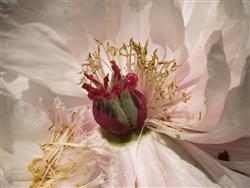
Home Studies - Botany Course -
Study plants to learn about plant physiology and taxonomy.
- 100 hour introduction to plant physiology and taxonomy
- general botany including morphology and anatomy
- enhance career opportunities in anything from horticulture and environmental management to teaching and science.